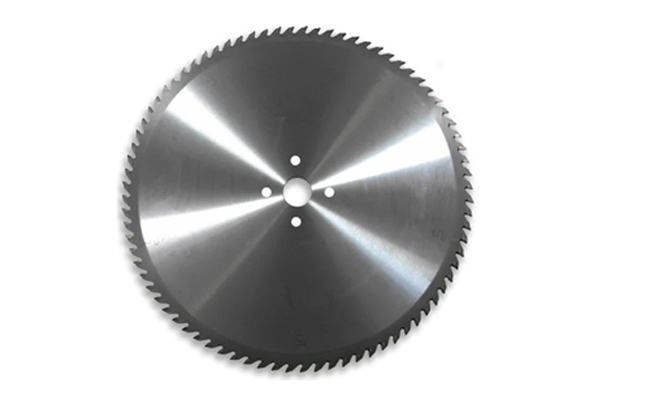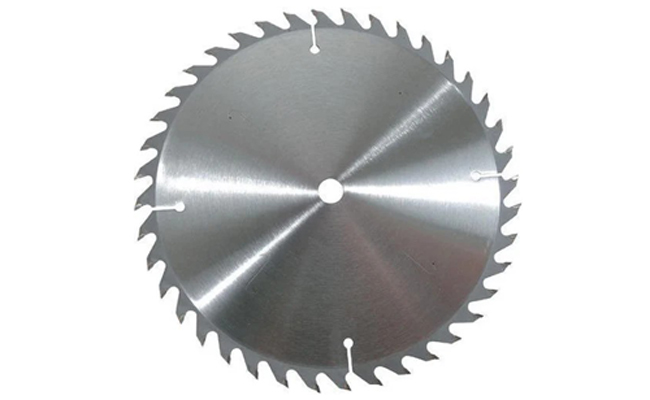CS-280Ⅰ/ CS-280Ⅱ Semi-Automatic Band Saw Machine
Cutting Capacity :
When choosing a carbide circular saw blade, you need to consider factors such as material, tooth shape, and size to ensure cutting efficiency and safety. Here are 6 key tips:

1. Identify the type of material being cut
Wood/soft materials: Choose a saw blade with fewer teeth (24-60 teeth) and a larger tooth pitch for easier chip removal.
Metals (aluminum, copper, etc.): Use special metal saw blades (fine teeth, 80-120 teeth), which usually require special coatings to reduce adhesion.
Plastics/composites: Medium teeth (60-80 teeth) to avoid melting caused by cutting too quickly.
Hard materials (such as MDF, laminate): High teeth (90 teeth or more) to reduce edge collapse.
2. Tooth shape and angle
Tooth shape:
Flat teeth (FT): Suitable for fast cutting of softwoods, but with a rougher surface.
Alternating bevel teeth (ATB): General purpose, suitable for hardwoods and boards, with a smoother cutting surface.
Trapezoidal teeth (TC): used for mixed cutting (such as nailed wood).
Combined teeth (ATB + flat teeth): take into account both efficiency and surface quality.
Rake angle:
Positive angle (15°~20°): sharper cutting, suitable for soft materials.
Negative angle (-5°~-15°): enhanced wear resistance, suitable for hard materials or metals.
3. Saw blade diameter matches the equipment
The diameter must match the saw machine specifications (commonly 100mm-400mm), and must not exceed the maximum allowable size of the machine.
Formula for calculating speed:
Cutting line speed = π×diameter (mm)×speed (rpm)/1000
Cutting line speed = π×diameter (mm)×speed (rpm)/1000
Carbide saw blade line speed recommendation: 30-60m/s for wood, 10-20m/s for metal.

4. Matching of hole diameter and shaft diameter
Make sure the center hole of the saw blade (such as 25.4mm, 30mm) is exactly the same as the shaft diameter of the equipment to avoid shaking.
Using shock-absorbing pads (such as aluminum alloy) can reduce noise and vibration.
5. Quality of cemented carbide (tungsten carbide)
Material grade:
YG8 (general purpose): suitable for wood and plastic.
YG6X (high hardness): suitable for hardwood or non-ferrous metals.
Sawtooth welding process: Laser welding strength is higher than silver welding, suitable for high-intensity operations.
6. Brand and certification
Well-known brands: such as German Leitz, Japanese AKE, domestic Jintian, etc., with better quality assurance.
Safety certification: Check whether there are certifications such as EN 847-1 (Europe) and ANSI B71.1 (USA).
Additional precautions
Cooling and lubrication: Coolant is required when cutting metal, and saw blades with well-designed chip grooves can be selected for wood cutting.
Regular maintenance: Saw teeth need to be sharpened in time after passivation to avoid overheating and deformation caused by forced cutting.
The above techniques can significantly improve cutting accuracy, extend saw blade life, and reduce operational risks.
Cutting Capacity :
Cutting Capacity :